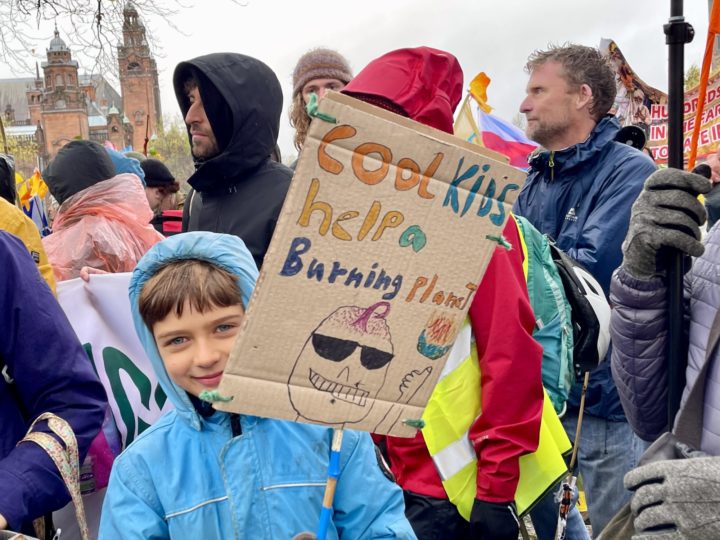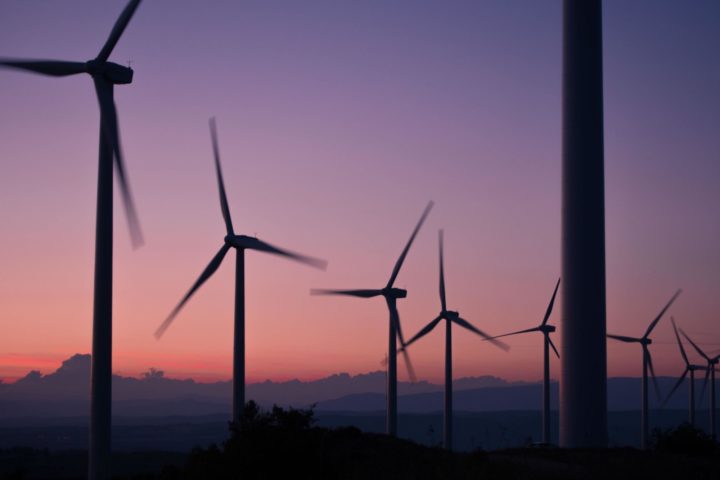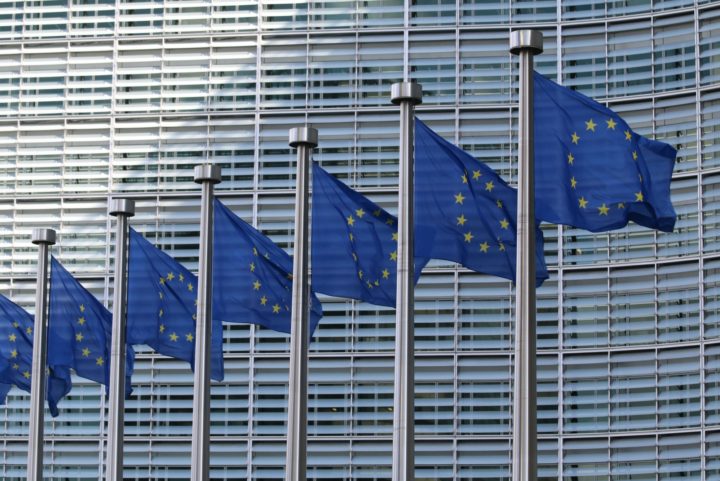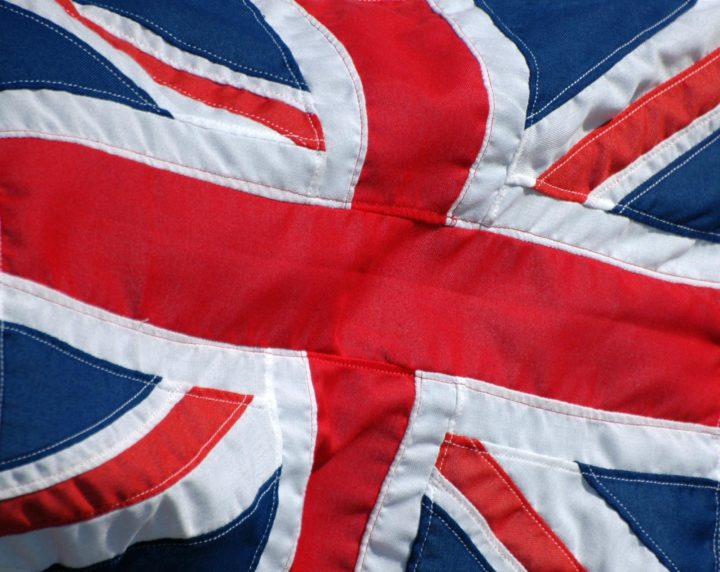IPCC - reasons to be cheerful?
As the IPCC publishes its sixth assessment report, with the latest report focused on solutions to keep warming to 1.5°C, we look at climate action progress

By Gareth Redmond-King
@gredmond76Share
Last updated:
The Intergovernmental Panel on Climate Change (IPCC) has been publishing its sixth assessment report and has now released three reports in recent months.
Code red
Last August, their state of the climate science was dubbed a ‘code red for humanity’ by the UN Secretary General. It warned that there is a rapidly closing window in which we can act to keep warming to 1.5°C.

In February, their analysis of climate impacts and adaptation showed that those impacts were worse than expected, setting out just how much worse they get if we carry on warming. The summary concluded that “the cumulative scientific evidence is unequivocal: climate change is a threat to human well-being and planetary health.” They warned that “any further delay in concerted anticipatory global action on adaptation and mitigation will miss a brief and rapidly closing window of opportunity to secure a liveable and sustainable future for all.”
“An atlas of human suffering & a damning indictment of failed climate leadership.”
UN Secretary General, Antonio Guterres
Solutions
At the start of April, they published their third report – on the solutions. Again, it is clear we are running out of time as they flag the gaps – emissions and finance – between what has been promised and what is being achieved.
There’s no sugar-coating things: we are not yet doing enough, fast enough, to keep warming to 1.5°C and to adapt to the impacts already harming people and nature at 1.1°C. But there’s also no doubt from these reports that the cost is far, far greater if we fail to act, than if we crack on and invest in the solutions.
And the incredibly positive take-away from this third report is that we can do it.
Amidst the myriad inter-connected global crises we currently face, the IPCC underlines that the climate crisis is predictable and preventable. We have options across all sectors to at least halve emissions by 2030; all the tools that we need to tackle climate change and avert the worst impacts.
Not only that but, coming as these reports have in the weeks since Russia invaded Ukraine, it has rapidly become clear that the route to net-zero to tackle climate change is also the route to lower cost energy and ending reliance on fossil fuels from Russia and other repressive regimes.

Not starting from scratch
Last year, at COP26, we published a report called Reasons to Be Cheerful. We wanted to draw attention to the range of genuine leadership on climate action that was underway already – examples that give us hope that what the world was committing to in Glasgow was far from being a pipe dream. Rather, it is already happening and gathering momentum.
You can read all the case studies we published at COP in the full report, here. But what about since COP?
If we thought we needed reasons to cheerful last year, then it is even more necessary now, with the brutal invasion of Ukraine by Russia, and all of the knock-on risks and crises for the whole world that fall out from that. Whilst cheerful may be a stretch in the face of this, there are certainly reasons for optimism.
Still time
Firstly, it bears repeating that all three of the IPCC reports are clear that we do still have time, and this latest one reminds that we also have the solutions, and that they’re cheaper than the alternative.
Kicking the fossil fuels habit
Secondly, the war in Ukraine, and the international sanctions introduced against Russia, cast another extremely bright spotlight onto our reliance on fossil fuels. Whilst we are not heavily reliant on Russian oil and gas here in the UK, our reliance on gas for heating and for more than a third of our power generation does leave us vulnerable to price rises in international gas markets. Our neighbours in the EU are much more exposed, with almost two fifths of their supplies coming from Russia.
Many countries are seeking to cut flows of finance to Russia, as well as to reduce their need for Russian fossil fuels, to mitigate against the risk of Russia simply turning off the tap.

In the short-term, there is an urgency to replace Russian oil and gas with oil and gas from elsewhere – liquefied natural gas (LNG) from the US and Korea, increased oil supplies from Middle Eastern nations. From a climate point of view, that’s obviously … not great.
But what has almost instantly become clear is that the cheapest and most enduringly secure supplies of energy will come from cheap, home-grown renewable sources, and from cutting demand. Wind and solar are cheaper than their hydrocarbon counterparts; insulation, heat pumps and behaviour change can dramatically cut our reliance on gas in particular. They are what we need to move to cut emissions, and that is what the latest IPCC report tells us.
It is happening
And thirdly, these reasons to be cheerful – these examples of climate leadership – didn’t stop when the gavel came down in Glasgow. Quite the reverse. We have seen significant increased commitment to the transition since Glasgow, including from big emitters, and even as energy prices have driven some return to coal in the very short-run.

China
All roads in ‘who is doing enough/not enough’ conversations lead to China. So let’s start there.
Globally, in 2021, there was nearly 300GW of new renewables deployed, according to the International Energy Agency] (IEA) – and China was the single biggest part of that, accounting for nearly two fifths of the growth. In fact, the 26GW of offshore wind they installed in 2021 was more than was installed in the whole world over the last five years.
The IEA expects that they will achieve 1,200GW of renewable capacity around the middle of this decade. In February, China announced they would add 120GW of new capacity this year, and in March they set out plans for 450GW of wind and solar capacity to be built in the Gobi Desert this decade.

United States
The US is the second biggest annual emitter, but the biggest historic emitter and one of the highest per capita. Its commitment is slightly more problematic than China, given the on-again/off-again nature of President Biden’s majority in the Senate prevents his passing the finance package necessary to meet his emissions pledge ambition.
But an auction in February for offshore wind development rights off the coast of New York and New Jersey pulled in $4.37bn in bids, as the administration seeks to deliver its goal of 30GW of offshore wind by 2030. Six more auctions are planned. There are also two big oil and gas giants working together to build a new offshore wind hub linking planned arrays near New York, and Rhode Island is launching an auction for new offshore wind too.

India
What of the third biggest single nation emitter? Almost all – 89% – new capacity added to India’s power grid in this financial year has been renewables. The Indian government has also announced plans for $1.6bn investment in transmission infrastructure to link 20GW of renewables to the grid.
This is part of its aim to deliver half of all power generation from renewables by 2030 – some 430GW. And mega-city, Mumbai – home to 12.5m people – has announced plans to be net-zero by 2050, which is 20 years ahead of India’s (incredibly ambitious) Paris emissions pledge to get to net-zero by 2070.

European Union
As a bloc of nations, the EU is the third biggest annual emitter, with several of its member states being amongst the biggest historic emitting nations in their own right. Their plans to end reliance on Russian oil and gas look set to turbo-charge their existing decarbonisation strategy, focusing not on whether to get off gas, but how. “Let’s dash into renewable energy at lightning speed”, EU Commission Vice-President Timmermans said of plans to replace 24 billion cubic metres of Russian gas with renewables.

United Kingdom
The UK has an ambitious Paris emissions pledge, and a commitment in law to achieve net-zero emissions by 2050. Still with a leadership role, holding the COP presidency until November, the UK is also committed to reducing the impact of global gas and oil price rises. The forthcoming UK energy strategy is therefore likely to further UK commitment to delivering on those decarbonisation pledges.
All of which puts some serious progress under the belt of some of the world’s biggest emitters. Which should give us at least some reason to be cheerful.